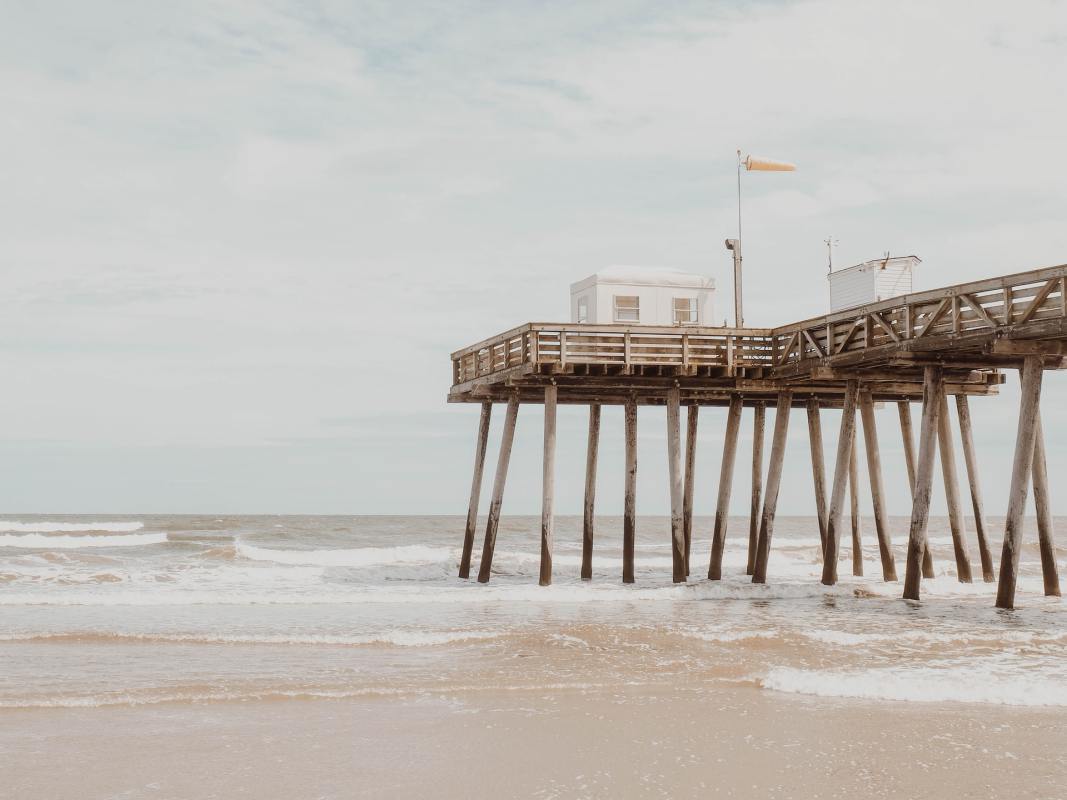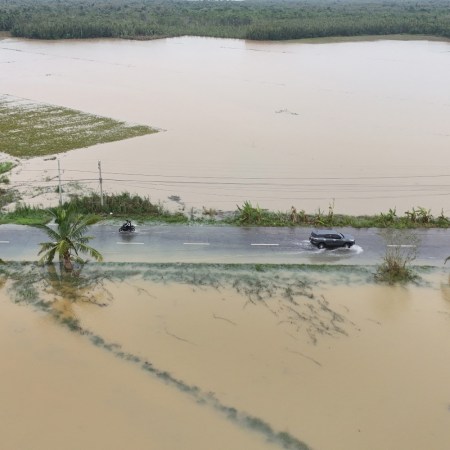It’s been almost a decade since Superstorm Sandy threatened the Jersey Shore, and made a substantial impact on the region’s infrastructure. The effects of the storm on the state’s Atlantic coast have been well-documented, including harrowing dispatches from Atlantic City, and anniversaries of the storm’s landfall have also prompted many to revisit both the storm’s impact and how well the state has prepared itself for the next one.
That was one especially high-profile example of climate change’s effects on the Garden State, but it was far from the only one.
Now, a new report at The New York Times Magazine takes on an even broader canvas, exploring the unsettling effects of climate change on a state with a substantial coastline. As Andrew S. Lewis writes, the coming years and decades pose a serious threat to the state — one for which there may not be a possible answer.
At the heart of Lewis’s article is the state’s relationship with the Army Corps of Engineers, which has found the latter brought in to restore beaches on a grand scale. Even so, a phenomenon called “nuisance flooding” has persisted. Lewis describes this as “the quiet inundation that can amount to a few inches or several feet of standing water.” And, alarmingly, it’s gotten worse over the years.
The Times points to this as a threat to the barrier islands found in southern New Jersey — which include, but are not limited to, Long Beach Island and Absecon Island, home of Atlantic City. Lewis specifically characterizes it as “the primary existential threat to the beating heart of the Jersey Shore.”
What can be done to pause or reverse this trend? One solution described in the article could cost billions of dollars. Another involves strategic retreat. As with the issues facing New York City, there are few easy answers to be found here.
Thanks for reading InsideHook. Sign up for our daily newsletter and be in the know.


















